
Toilet Buying Guide Toilet Bowl Singapore 1 Toilet Bowl Replacement / Installation Service
Among the main ones is that an S-trap is ideal for all those toilets in ground floor facilities. In contrast, P-traps are perfect for homes and toilets that are on very high floors. S-traps, although they have been by tradition (since the 20th century) the most common in homes, this is no longer the case. S-traps are now illegal because when a.
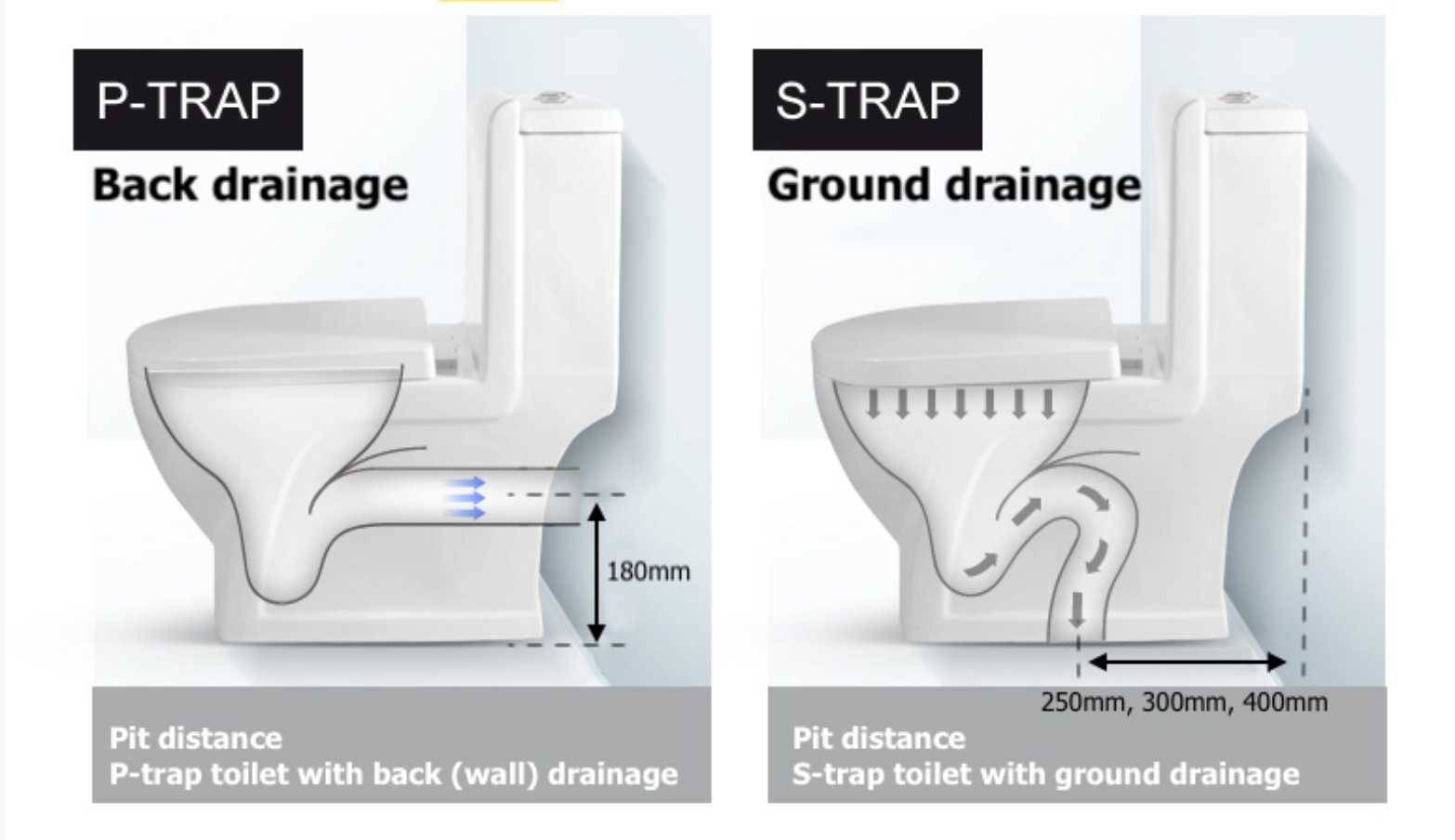
Understanding STrap and PTrap Toilets What They Are, How They Work, and Which is Right for
In general, P-trap toilets are the preferred option due to their ease of maintenance, while S-trap toilets is a design that work effectively. In toilets, the P-trap and S-trap refer to the shape and orientation of the trap that connects the toilet bowl to the waste pipe. A P-trap toilet has a trap that is shaped like a "P".

Straps vs Ptraps Differences and Code Requirements Plumbing Sniper
While you may feel comfortable doing this for a sink, for trickier installations, it's worth calling a qualified plumber. P traps are much, much less likely to become dry than S traps, meaning you're less likely to experience foul odours. A P trap is much more efficient than an S trap when used in the upper levels of a building.

What is Strap VS Ptrap? Hawley Home Inspections
Imagine an S-trap, only instead of going down-up-down to create an S-shape, it goes down, curves up, then becomes straight, creating an open P-shape. That's a P-trap! More commonly installed in top floors and in wall-mounted toilets, P-traps are more commonly used in kitchen and laundry sinks. P-traps are generally considered by most to be.

What is an S Trap? Home Guide Corner
P-Trap VS S-Trap Toilet: The S-trap and P-trap have the same function, but they do it differently. To decide which is better, one should consider whether one wants a high-performance toilet or a more eco-friendly toilet.The P-trap toilet is higher performing than the S-trap toilet because it uses water differently than the latter. The P-trap.

InterNACHI Inspection Graphics Library Plumbing » General » strapvsptrap.jpg
In simplest terms, an S-trap is shaped like an "S" and a P-trap is shaped like the letter "P" if both are lying on their side (see S-Traps Vs. P-Traps, below). With an S-trap, the drainpipe drops down from the sink and into a conventional trap. It then loops over and exits downward. In a P-trap configuration, the drain also comes down.

Comparison between P Trap and S Trap Easy Nirman by Mann Verma Issuu
1. The shape. Their shape is the most notable difference between the two plumbing trap types. Both traps take after their respective letter, so the S trap is shaped like an S or snake shape, while the P trap consists of a single curved seal which then extends out into a waste arm extension, just like the letter P.
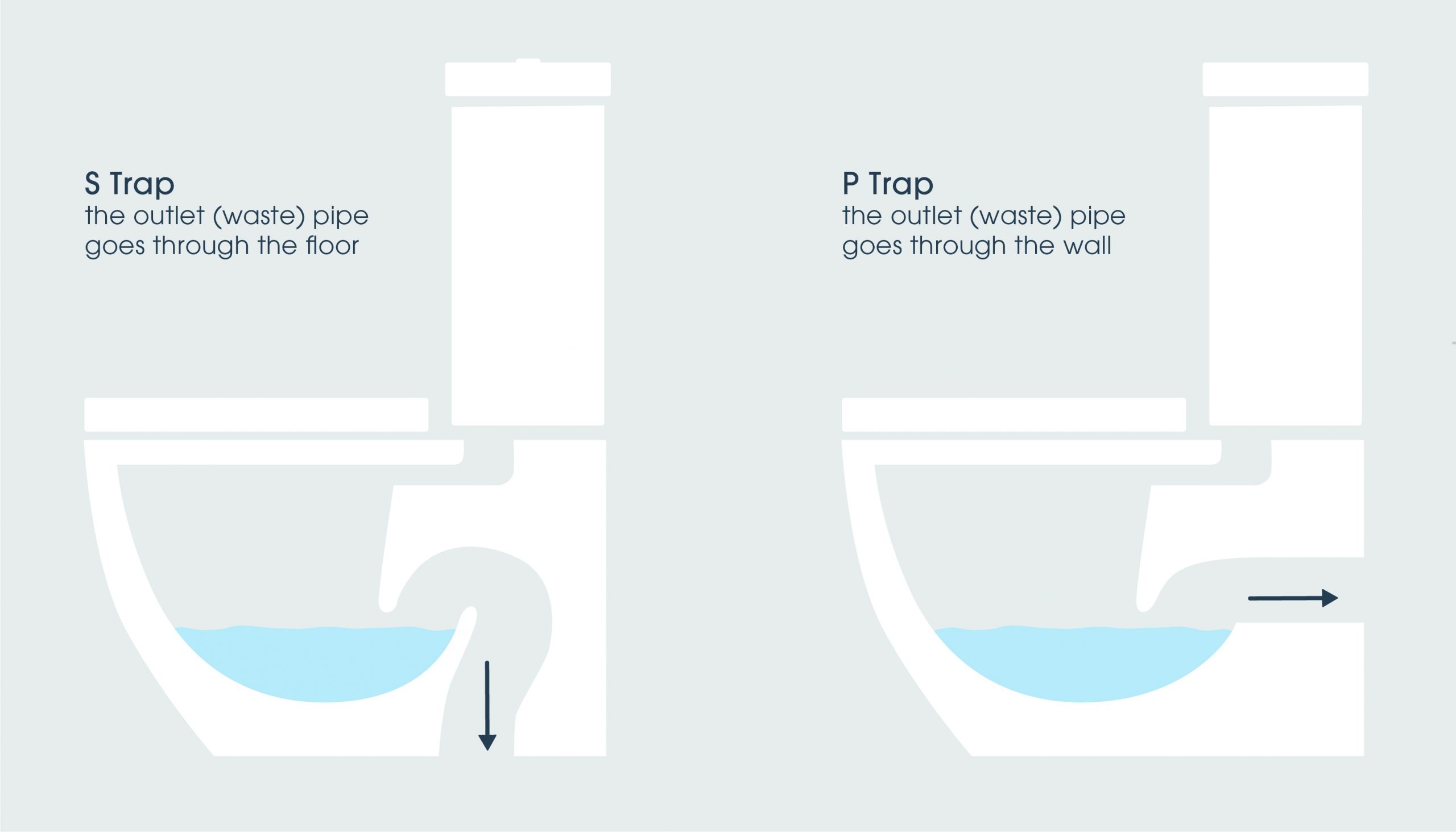
Toilet Buying Guide Which Toilet Is Right For Me? Expella Ventilation
Unlike an S-trap, a P-trap features a pipe that exits the toilet through the wall. Instead of creating an S shape by going first up and then down, a P-trap creates a P shape by going down, curving up and then proceeding straightly. Its specific form makes it ideal for wall-hung toilets. It is also a good pick for toilets located on top floors.
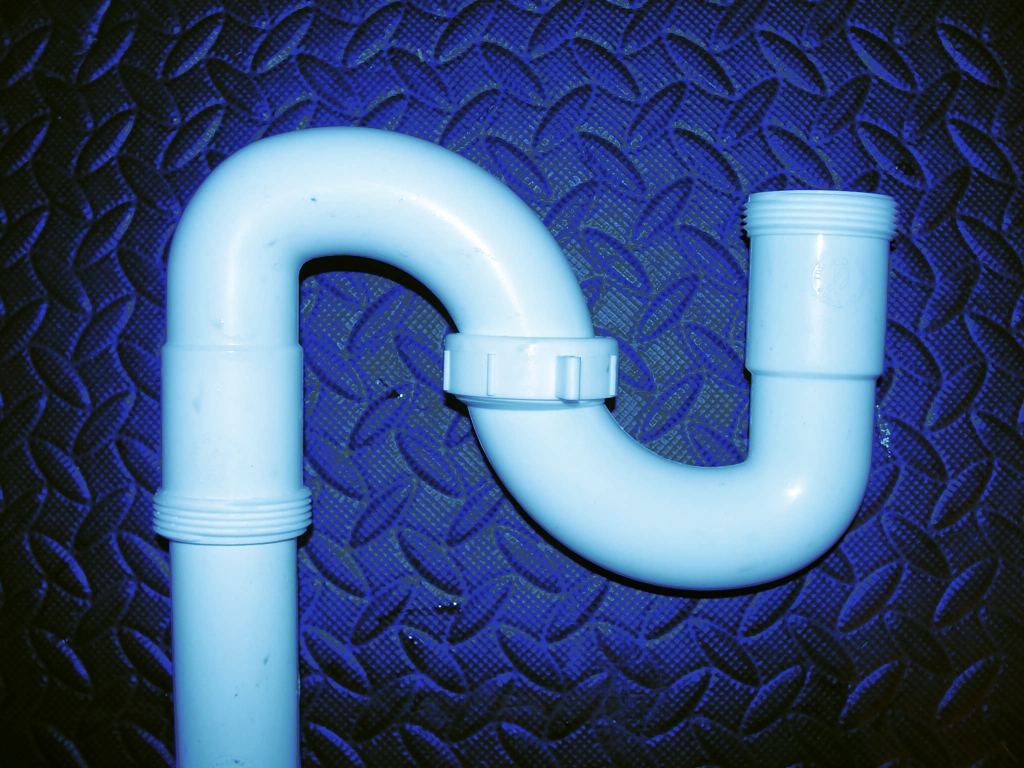
S Trap vs P Trap Commercial Plumbing
These systems also lack venting, so the efficiency is diminished. 4. Efficiency. As explained above, P-traps are more efficient than S-traps due to the configuration of the trap and the presence of plumbing vents. This is why S-traps have been banned, whereas the P-traps are the only ones approved by the code. 5.

ptrap vs strap toilet bowl comparison in choosing the best Arad Branding
The Matter Between P Trap Toilet and S Trap Toilet 1. Design. Although the S trap has a straightforward design, it can easily dry out so an unpleasant smell can be detected from your toilet. The P trap design can block the water and gasses from coming back to the toilet. 2. Efficiency. P trap has the edge over the S trap in this factor as the.
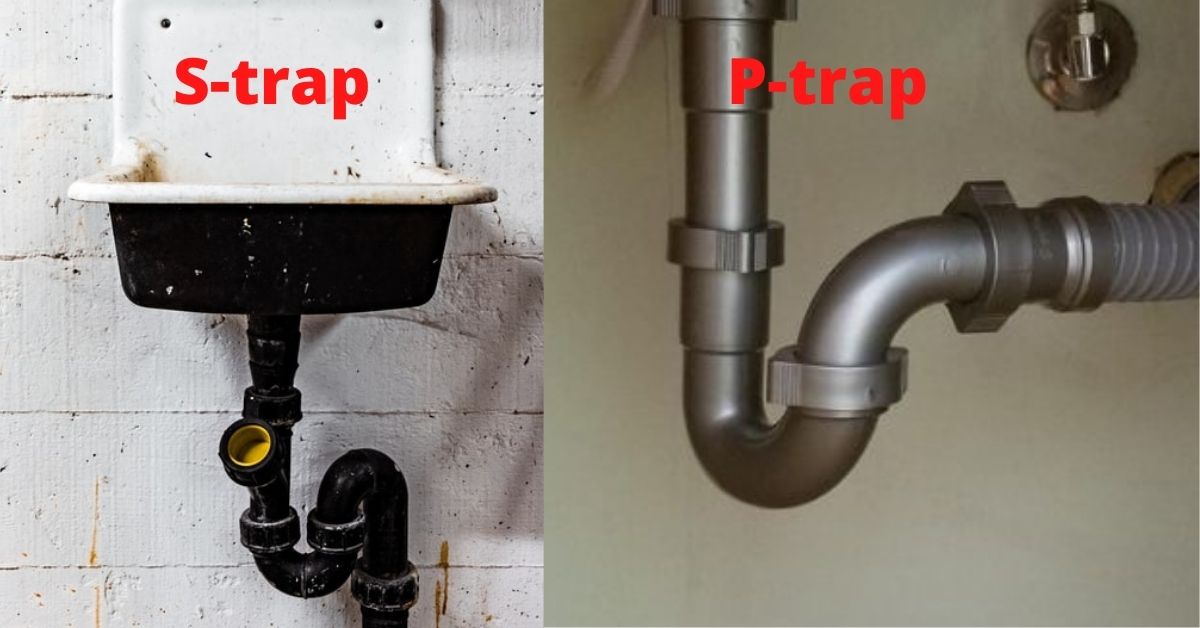
Straps vs Ptraps Differences and Code Requirements Plumbing Sniper
Design Advantage - P-Trap vs. S-trap Toilets. The trap in the p-type bowl has no overloops or bending structure. This trap's exit is downwards with a horizontal path at its base. This horizontal trap way takes the water for a turn of 90 degrees and then downwards. The water has to travel a little longer in this trap, which is more common.

S Trap Vs P Trap Cool Product Evaluations, Specials, and acquiring Suggestion
¡Precios increíbles y alta calidad aquí en Temu. Envío gratuito en todos los pedidos. ¡Solo hoy, disfruta de todas las categorías hasta un 90% de descuento en tu compra.

Difference Between an STrap and PTrap Toilet Bowl Toilet Bowl Singapore 1 Toilet Bowl
S traps go up and down, creating an S-shape. P traps, likewise, create a P-shape. The trap gets down, then incurves, turns straight, and finally, opens up to make the P-shape. This type of trap is more commonly installed in newer kitchens and bathrooms, especially in top floors. Nowadays, plumbers prefer using P traps, as these are less vulnerable.

Ptrap vs Strap Features What's the difference (With Pictures) Definecivil
Octopart Is The Preferred Search Engine for Electronic Parts. Search Across Hundreds of Distributors to Compare Prices, Inventory and Save!
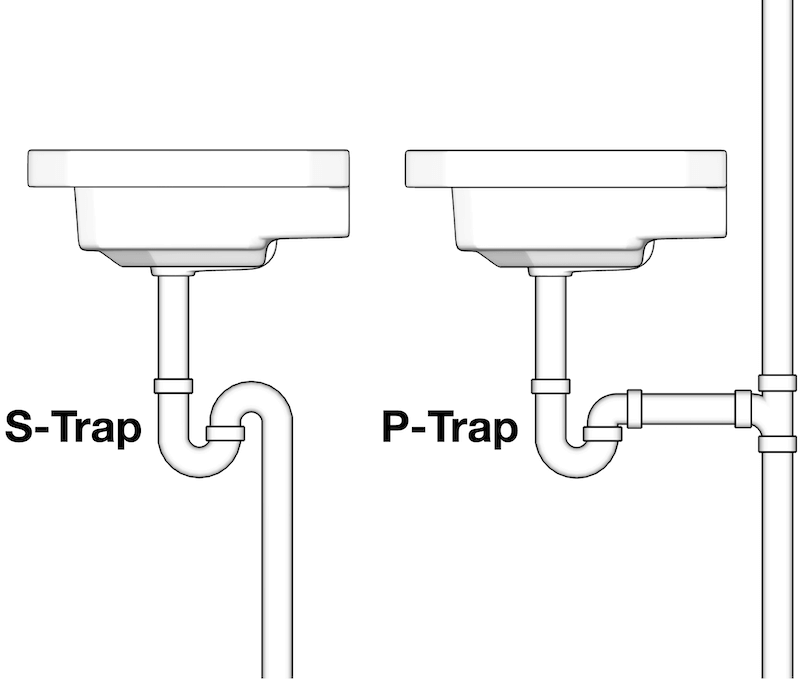
The Ultimate Guide to STraps Hammerpedia
With over 10 years of plumbing experience, our team of plumbers has installed hundreds of toilet bowls in Singapore consisting of a variety of types of toilet - from p trap toilet bowl and s trap toilet bowl to wall-mounted toilets and floor-mounted toilets. Call us now for a consultation at +65 6797 8784 or email us at [email protected]!

S trap vs P trap 5 Differences You Need to Know Now Funktional Home
S Trap Drain. The name S trap is derived from its S-like shape, and they come in metal or PVC plastic. It is connected to toilets situated on ground floors, or where the pipe installation goes through the floor. The S trap aims to confine sewerage water and stop harmful sewer gases from seeping through the shower or sink drain.